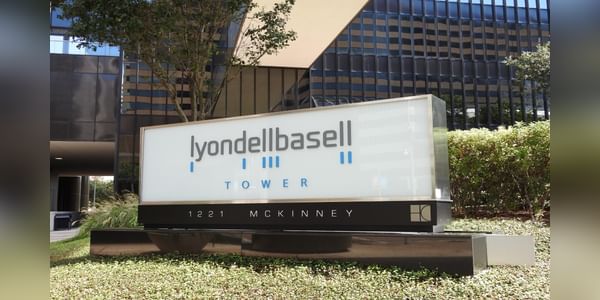There are never enough dividend stock picks, so I decided to come up with an analysis of one of the largest companies in the chemical industry. US firm LyondellBasell has fallen over 28% in the last 3 months, which is a solid discount for a dividend company. Is it currently worth investing in?

Company introduction
LyondellBasell $LYB is a multinational chemical company that was founded in 2007 in the Netherlands but is headquartered in Houston, Texas. The company is the largest licensor of polyethylene and polypropylene. It is also involved in the production of ethylene, propylene, polyfuel and oxygenated fuel.
It's clear to me that non-chemists like me probably won't be too wise about this. Don't worry, I'll try to give you an idea. The aforementioned polyethylene (thermoplastic) is the most widely used polymer in the world, used to make pipes, bearings, textile fibres, bags, and electrical insulation. Polypropylene is used to make ropes or cords. It also serves as an alternative to PVC…